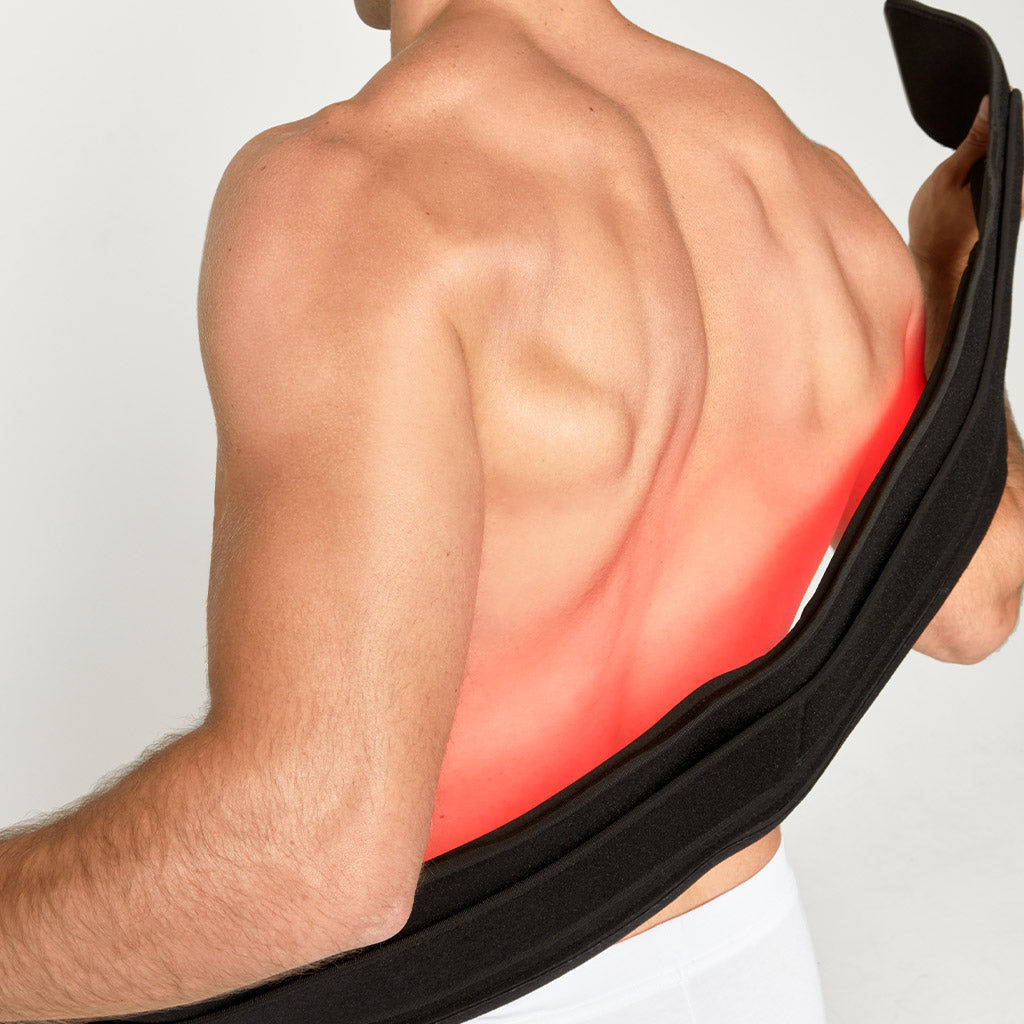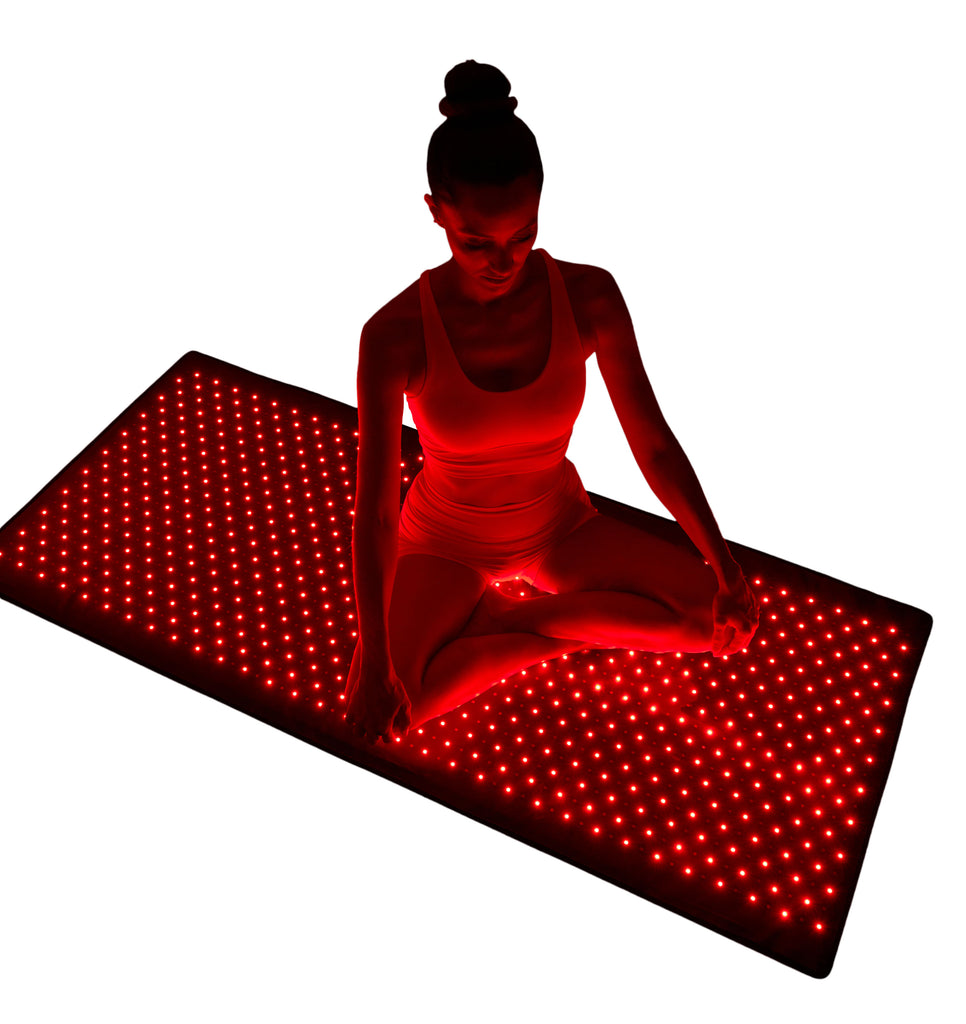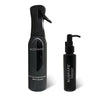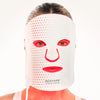
Red light therapy (RLT) is a non-invasive treatment that uses low-level red light to stimulate cellular activity and improve cellular function. While RLT is most commonly associated with improving skin health, reducing inflammation, and relieving pain, some researchers have suggested that it may also have potential benefits for addiction recovery.
Addiction is a complex condition that involves changes in brain function, behavior, and emotional regulation. It can be challenging to treat, and many traditional treatment methods, such as therapy and medication, may not work for everyone. This has led some researchers to explore alternative approaches to addiction recovery, such as RLT.
So far, the research on RLT and addiction is limited, but some studies have suggested that it may have potential benefits for reducing cravings and improving mood. For example, a 2018 study published in the Journal of Psychoactive Drugs found that RLT reduced cravings and withdrawal symptoms in people with opioid use disorder. The study authors suggested that RLT may work by stimulating the release of endorphins, which are natural painkillers that can help to reduce cravings and improve mood.
Another study, published in the journal Behavioural Brain Research in 2020, found that RLT improved mood and reduced anxiety in rats that had been trained to self-administer cocaine. The study authors suggested that RLT may work by improving cellular function in the brain's reward center, which could help to reduce the reinforcing effects of drugs.
While these studies are promising, more research is needed to fully understand the potential benefits of RLT for addiction recovery. Additionally, RLT should not be used as a substitute for evidence-based addiction treatment, such as therapy and medication. However, RLT may be a useful complementary therapy that can be used alongside traditional treatment methods to help support recovery and improve overall well-being.
- Schiffer, F., Johnston, A. L., Ravichandran, C., Polcari, A., Teicher, M. H., & Webb, R. H. (2018). Psychological benefits 2 and neural mechanisms of red light therapy on opioid use disorder: a pilot study. Journal of Psychoactive Drugs, 50(3), 267-275.
- Liu, J., Zhang, S., & Zhao, X. (2020). Red light therapy reduces the reinforcing effects of cocaine in a rat self-administration model. Behavioural Brain Research, 383, 112496.









 French
French German
German Italian
Italian Russian
Russian Spanish
Spanish















